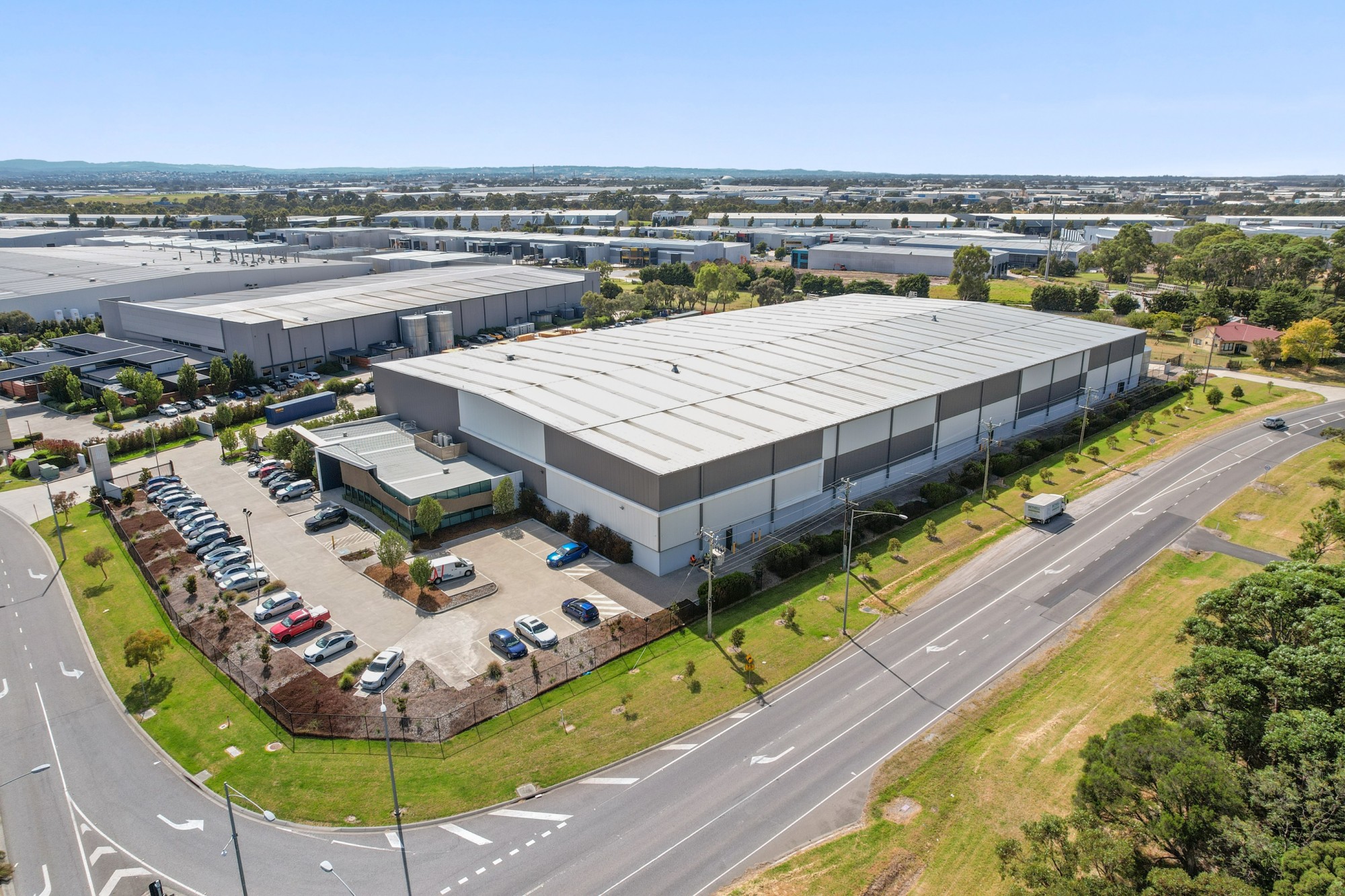Invest
The role of ‘human capital’ in your portfolio
Time in the market goes beyond just accumulation and riding out risks, it also means making the most of future earnings capacity, an ETF manager has said.
The role of ‘human capital’ in your portfolio
Time in the market goes beyond just accumulation and riding out risks, it also means making the most of future earnings capacity, an ETF manager has said.

BetaShares’ Chamath De Silva has argued this week that it’s important to maximise not just the efficiency of assets when building wealth, but also the time in market.
“This means accumulating growth assets early and quickly before shifting towards more defensive asset classes as retirement approaches and changing the mindset away from capital accumulation towards capital preservation and income generation,” he said.
“Young investors in the early stages of their careers can use their future incomes as shock absorbers for market volatility, allowing leveraged strategies to be pursued judiciously with less harmful effects than for older investors.”
Mr De Silva explained that the commonly held view that it’s time in, rather than timing, the market that matters for long-term wealth generation, should extend to the accumulation process.

He said often investors forget this aspect and make static lump sum investments that don’t receive regular cash injections, pointing to how salaries are often ignored as a cash flow opportunity when thinking about strategy and allocations.
He said “human capital”, should be considered when thinking about these things.
“Part of the reason that young people are encouraged to take on more risk is due to their investment horizons,” Mr De Silva said.
“It could be argued an even better reason for greater risk tolerance is young people have a very large, but intangible buffer: their human capital. Defined as the present value of their expected future salary earnings, human capital can be a fairly substantial asset if an investor is fairly early in their working careers.”
He said future salary streams could look like inflation-linked bond exposures, equity exposures or “something in between”.
“In addition, technological changes like automation have the potential to disrupt some industries and the future of work, so keep all this in mind when selecting your asset allocation mix,” Mr De Silva said.
Contributions
Mr De Silva said young investors can recover from market dips with just a few pay slips, while those closer to retirement could suffer a years’ worth of savings in a severe downturn. This means that while it’s tricky for younger investors to buy homes, due to low levels of accumulated wealth, they also don’t need to fear large equity market corrections.
“After all, contributions matter far more than returns at the beginning of one’s investment journey.”
Leverage
Continuing, he said that while a considerable amount of wealth has been generated through residential property over the last two decades, it could be argued that it’s not returns but the leverage investors have taken on that has been the key to wealth.
Mr De Silva explained, “When an investment returns above the financing cost and is leveraged many times over (up to 10 times in the case of property), significant returns on equity are to be expected.
“Whether property continues to deliver real returns over the next 20 years is debatable, but the end of a property bull market doesn’t mean the end of wealth creation for younger investors starting out in their careers.”
He said leverage can be a tool across a number of asset classes like derivatives, margin loans or internally geared ETFs, and argued that a key advantage of leveraged funds is access to wholesale borrowing costs.
“Regardless of your preferred flavour of leverage, the key point is to try and maximise asset accumulation early on and ensure the returns compound as much as possible – in this regard, leverage is one way of increasing the effective pace of asset accumulation,” Mr De Silva said.
But do it intelligently
Leverage is more than a way to magnify market moves, he continued, contending that long-term investors should view leverage as a way of accelerating asset accumulation that should “return in excess of the costs of financing over the investment horizon”.
Nevertheless, leveraging will also increase the volatility of an investor’s net asset position and as such investors should always consider their leverage limits while remaining diversified across both securities and asset classes.
“Leverage and concentration can be a very dangerous combination, but leverage in the aid of diversification can potentially improve the portfolio’s risk-return characteristics compared to an unlevered exposure in a single asset class,” Mr De Silva concluded.

Mutual funds
Mutuals profits rise amid sector challenges: KPMG report highlights growth and merger trends
Australia's mutual banks, building societies, and credit unions, collectively known as Mutuals, have reported a significant rise in profits for the 2025 financial year, according to KPMG's 38th Mutual ...Read more

Mutual funds
EIF and NATO Innovation Fund partner to boost European defence and security investment
The European Investment Fund (EIF) and NATO Innovation Fund (NIF) have signed a Memorandum of Understanding to collaborate on expanding funding for start-ups, SMEs and midcaps in Europe's defence, ...Read more

Mutual funds
Fund managers brace for regulatory challenges as outsourcing and innovation take centre stage
As regulatory complexities continue to mount, fund managers are increasingly turning to outsourcing and prioritising innovation to navigate the challenging landscape, according to a new study by Carne ...Read more

Mutual funds
New report highlights rising anti-money laundering risks and need for three lines of defence
A new report published by Ocorian and Newgate Compliance has warned that rising anti-money laundering (AML) risks are increasing the pressure for alternative fund managers to have three lines of ...Read more

Mutual funds
Centuria capitalises on non-core diversities with a new $50 million fund
The Centuria Capital Group, an established Australasian real estate fund manager, has successfully raised $50 million in equity from its network of Australian wholesale investors. Read more

Mutual funds
New study shows fund managers are eyeing overseas markets for capital growth
A recent study conducted by Carne Group, a prominent figure in the fund regulation and governance solutions sector for the asset management industry, has highlighted a significant shift in the ...Read more

Mutual funds
Equity Trustees reports robust performance with significant revenue and profit growth
Equity Trustees has witnessed a noteworthy advancement in its financial standing, marked by substantial increases in revenue and funds under management, administration, and supervision (FUMAS), ...Read more

Mutual funds
Micro-investing: Is it worth it?
Investing can be complex. It involves making financial decisions on how your money is going to be invested and managed over time, as well as figuring out the right strategy for each investment. There ...Read more

Mutual funds
Mutuals profits rise amid sector challenges: KPMG report highlights growth and merger trends
Australia's mutual banks, building societies, and credit unions, collectively known as Mutuals, have reported a significant rise in profits for the 2025 financial year, according to KPMG's 38th Mutual ...Read more

Mutual funds
EIF and NATO Innovation Fund partner to boost European defence and security investment
The European Investment Fund (EIF) and NATO Innovation Fund (NIF) have signed a Memorandum of Understanding to collaborate on expanding funding for start-ups, SMEs and midcaps in Europe's defence, ...Read more

Mutual funds
Fund managers brace for regulatory challenges as outsourcing and innovation take centre stage
As regulatory complexities continue to mount, fund managers are increasingly turning to outsourcing and prioritising innovation to navigate the challenging landscape, according to a new study by Carne ...Read more

Mutual funds
New report highlights rising anti-money laundering risks and need for three lines of defence
A new report published by Ocorian and Newgate Compliance has warned that rising anti-money laundering (AML) risks are increasing the pressure for alternative fund managers to have three lines of ...Read more

Mutual funds
Centuria capitalises on non-core diversities with a new $50 million fund
The Centuria Capital Group, an established Australasian real estate fund manager, has successfully raised $50 million in equity from its network of Australian wholesale investors. Read more

Mutual funds
New study shows fund managers are eyeing overseas markets for capital growth
A recent study conducted by Carne Group, a prominent figure in the fund regulation and governance solutions sector for the asset management industry, has highlighted a significant shift in the ...Read more

Mutual funds
Equity Trustees reports robust performance with significant revenue and profit growth
Equity Trustees has witnessed a noteworthy advancement in its financial standing, marked by substantial increases in revenue and funds under management, administration, and supervision (FUMAS), ...Read more

Mutual funds
Micro-investing: Is it worth it?
Investing can be complex. It involves making financial decisions on how your money is going to be invested and managed over time, as well as figuring out the right strategy for each investment. There ...Read more








